21 Important Types of Concrete
Concrete is a versatile material essential to construction projects globally. For decades, it has been the preferred material for building various structures, and its applications continue to expand in the modern era. Concrete is a composite material made up of water, cement, aggregates, and additives that harden over time to form a durable, long-lasting substance.
In this article, we will examine what concrete is, its composition, and its advantages. We will also cover the various types and grades of concrete used in construction and their applications.
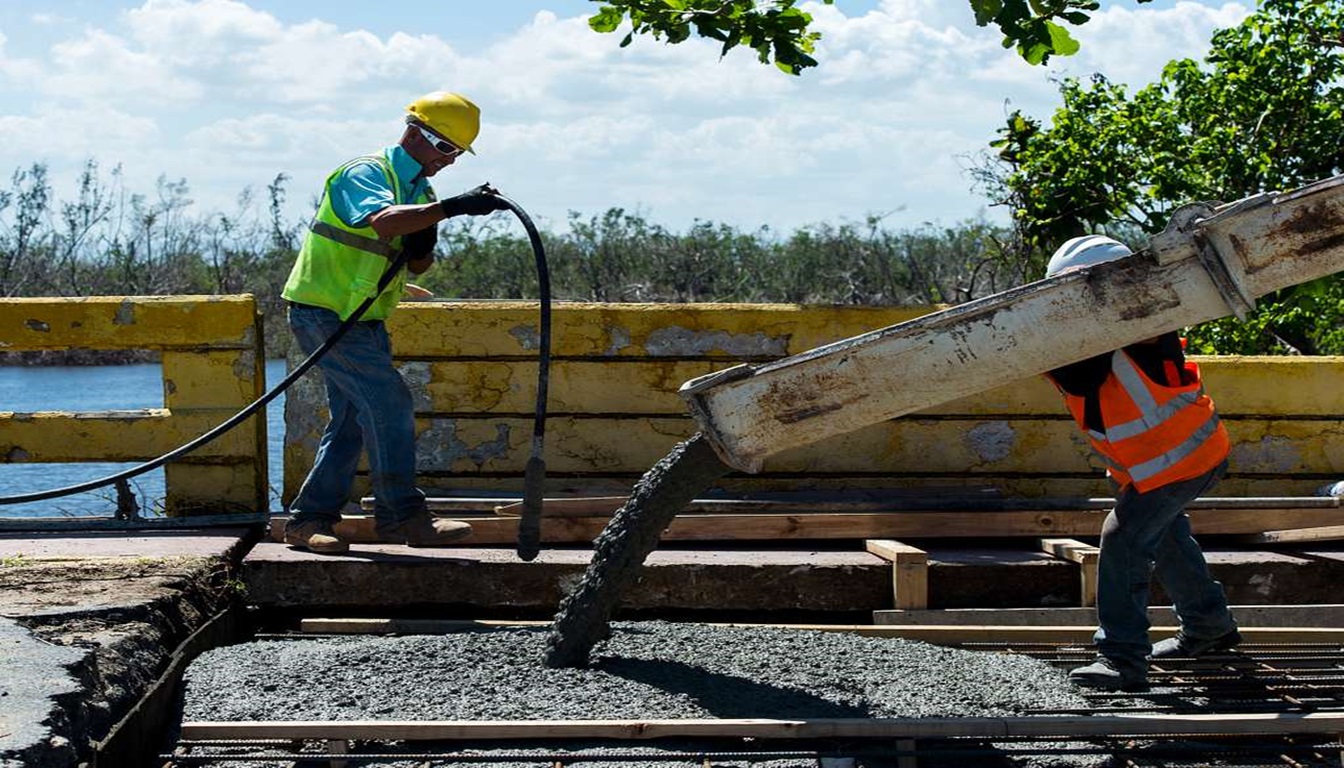
Key Takeaways
- Concrete is a composite material made up of water, cement, aggregates, and additives
- It is a versatile material essential in various construction projects and structures.
- Concrete is known for its durability, strength, versatility, and fire resistance.
- There are various types and grades of concrete, including normal-grade, standard-grade, and high-strength concrete grades.
- The importance of selecting the appropriate type and grade of concrete for a specific construction project cannot be overstated.
Composition of Basic Concrete Mix
Concrete is a versatile and durable building material that consists of a mixture of cement, aggregates, water, and additives. The composition of the basic concrete mix is crucial as it determines the overall strength and durability of the final product.
The main ingredient in concrete is cement, which acts as the binding agent. The most commonly used types of cement in construction are Portland cement, white cement, and colored cement. Aggregates are the second most important ingredient. They make up about 60 to 80 percent of the concrete mix and are responsible for its strength and durability.
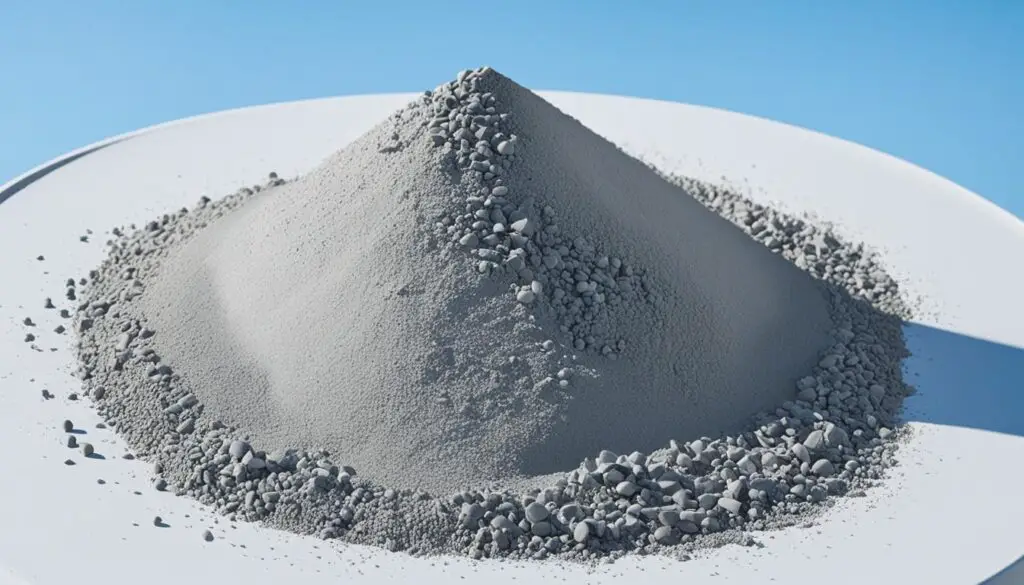
The aggregates are typically made up of a combination of coarse and fine materials, such as crushed stone, gravel, sand, or recycled concrete. The water-to-cement ratio is also a critical factor in determining the strength and durability of the concrete mix. The right amount of water ensures proper hydration of the cement, while too much or too little water can weaken the mixture.
Additives are often added to the concrete mix to improve its performance. These can include plasticizers, accelerators, retarders, or air-entrainment agents. Plasticizers increase workability while retarders slow down the setting time, giving more time for the mixture to be worked on-site. Air entrainment agents incorporate tiny bubbles into the mixture, providing resistance to freeze-thaw damage in colder climates.
Overall, the composition of a basic concrete mix is a delicate balance of materials that must be precisely measured and mixed to achieve optimal performance.
Advantages of Concrete
Concrete has been a popular building material for centuries and a good reason. Its advantages are numerous and far-reaching, making it a favored choice for construction projects of all sizes and types. Here, we will explore some of the most significant benefits of using concrete in construction.
1. Durability
One of the most significant advantages of concrete is its durability. Due to its composition and density, concrete can withstand significant pressure, making it ideal for use in buildings and infrastructure that endure frequent wear and tear, such as bridges, roads and runways, high-rise buildings, and dams.
2. Strength
Another advantage of concrete is its strength. Depending on the type and grade of concrete used, its compressive strength can range from 2,500 to over 20,000 psi (pounds per square inch). This makes it an excellent material for foundations, walls, and flooring, providing a robust, stable support system that can withstand significant loads and forces.
3. Versatility
Concrete is also an incredibly versatile material, as it can be molded into virtually any shape and size, making it ideal for a wide range of construction applications. Additionally, it can be reinforced with steel to increase its strength and support structures of any size and complexity.
4. Fire Resistance
Concrete is a non-combustible material, making it an ideal choice for projects requiring fire-resistant properties, such as parking garages, tunnels, and other infrastructure projects. It can withstand high temperatures without melting or warping and help contain fires, protecting the surrounding structures.
5. Sustainability
Concrete has a relatively low carbon footprint, making it a sustainable building material. It is made from locally sourced materials, and the manufacturing process has improved over the years by reducing emissions and energy consumption.

“Concrete is a trusted material that has been used for centuries in construction projects worldwide due to its durability, strength, versatility, fire resistance, and sustainability. Its benefits make it an ideal choice for a variety of construction projects.”
Types of Concrete Mix
In construction, various types of concrete mixtures are used, each with specific characteristics and applications. Here are some of the commonly used types:
| Type of Concrete Mix | Characteristics | Applications |
|---|---|---|
| Ready-mix concrete | Produced in a batch plant and transported to the construction site in a transit mixer. It offers consistent quality and eliminates the need for on-site mixing. | Large-scale construction projects, such as high-rise buildings, bridges, and roads. |
| Precast concrete | Produced in a controlled environment and cured before being transported to the construction site. It allows for consistency, versatility, and faster installation. | Structural components, such as walls, floors, and precast panels. |
| Site-mixed concrete | Mixed on-site using a portable mixer, where the ingredients can be adapted to meet specific project requirements. It allows for more flexibility and customization. | Small-scale construction projects, such as residential buildings, sidewalks, and patios. |
Other types of concrete mix include low-density cellular concrete, lightweight concrete, pervious concrete, and high-strength concrete. The choice of concrete mix depends on the specific requirements of the construction project, such as strength, durability, and weather resistance.
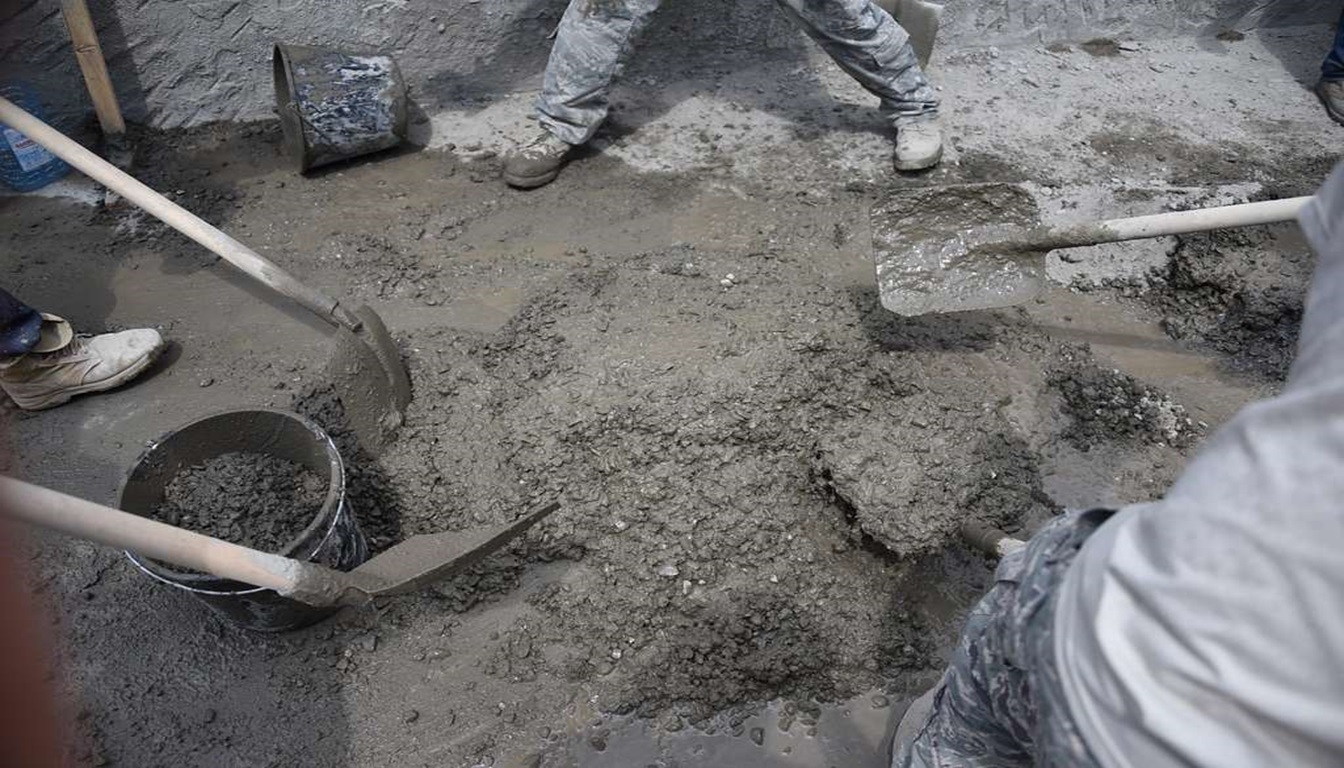
Types of Concrete
Concrete is a versatile and durable building material that is used for a wide range of construction projects. Understanding the different types of concrete is crucial in selecting the appropriate material for a specific application. Below are some commonly known types of concrete:
- Regular Concrete: also known as normal strength concrete, is the most common type of concrete used in building construction due to its affordability and versatility. It typically has a compressive strength ranging between 2500 to 5000 psi.
- High-Strength Concrete: has a higher compressive strength than regular concrete, ranging between 6000 and 20000 psi. It is used in high-rise buildings, bridges, and other structures that require superior strength.
- Stamped Concrete: imitates other materials like wood or stone and can be customized to fit specific design requirements. It is a popular choice for patios, pool decks, and driveways.
- High-Performance Concrete: This is designed to withstand harsh environmental conditions and offer superior durability and strength. It is often used for industrial and infrastructure projects.
- Self-Consolidating Concrete: also called self-leveling concrete, is highly flowable and requires no vibration to achieve consolidation. It is ideal for complex shapes and structures like architectural concrete, precast, and high-rise buildings.
Other types of concrete include lightweight concrete, pervious concrete, shotcrete, and glass concrete. It is essential to understand the characteristics of each type of concrete and match them with specific project requirements for optimal performance.
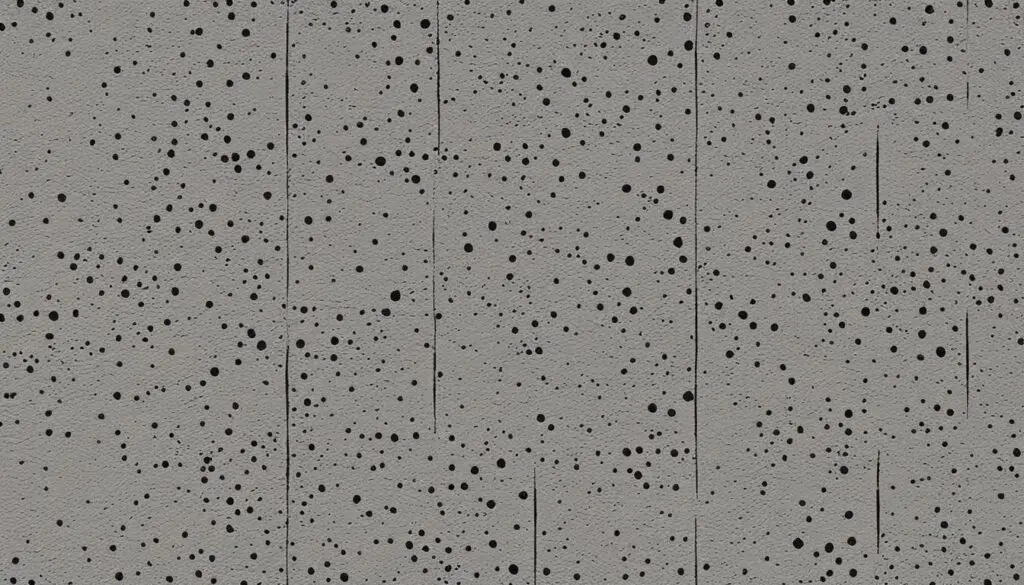
Brief Descriptions of 21 Types of Concrete:
Concrete is an essential building material made up of cement, water, aggregates, and other additives. Below are brief descriptions of 21 specific types of concrete that are commonly used in construction projects:
| Type of Concrete | Description |
|---|---|
| Regular Concrete | The most common type of concrete, with a compressive strength of 2,500 to 5,000 psi. Used in sidewalks, driveways, and low-rise buildings. |
| High-Strength Concrete | Has a compressive strength that exceeds 10,000 psi. Used in high-rise buildings, bridges, and other large structures. |
| Stamped Concrete | Imprinted or embossed with patterns to resemble brick, slate, or other materials. Used in decorative applications such as patios and pool decks. |
| High-Performance Concrete | Provides durability, strength, and resistance to environmental factors like freeze-thaw cycles and corrosion. Used in structures exposed to extreme conditions. |
| Self-Consolidating Concrete | Also known as flowing concrete. Its high flowability and viscosity enable it to spread and fill all corners of the formwork without the need for vibration to remove the entrapped air. |
| Vacuum Concrete | Describes a range of concrete mixtures with greatly reduced permeability to water and gas. Its impermeability makes it suitable for waterproofing tunnels, tanks, and other critical infrastructure. |
| Shotcrete | A specialty concrete that is pneumatically projected at high velocity onto a surface, providing excellent bonding and compaction properties for repair and construction projects. |
| Roller-Compacted Concrete | Similar to regular concrete, but without the need for formwork or finishing. Used in construction projects that require high strength and durability, such as dams and airports. |
| Glass Concrete | Made by embedding glass fibers in a concrete mixture, providing excellent insulation, durability, and aesthetic appeal. Ideal for facades and interior design elements. |
| Asphalt Concrete | Types of concrete are made using a mixture of aggregates and bitumen to create a surface suitable for road construction and repair. |
| Rapid Strength Concrete | Types of concrete that achieve high strength in a short period, making it suitable for repair and construction projects that require rapid setting and curing times. |
| Polymer Concrete | Made by mixing a polymer resin with aggregates, providing high strength, resistance to chemicals and environmental factors, and excellent bonding properties. Used in industrial and infrastructure projects requiring high durability and resistance to abrasion. |
| Limecrete | Types of concrete made with hydrated lime. It provides excellent insulation, breathability, and flexibility, making it ideal for historical renovations and eco-friendly construction. |
| Light-Transmitting Concrete | Combines optical fibers with concrete to create a translucent material that allows light to pass through while still maintaining the structural properties of traditional concrete. Used in innovative architectural designs and lighting applications. |
Other Types of Concrete
- Pervious Concrete
- Density-Reduced Concrete
- Fiber-Reinforced Concrete
- Roller-Compacted Shotcrete
- Sulfur-Infiltrated Concrete
- Magnesia Concrete
- Bio-Concrete
- Decorative Concrete
- Water-Reducing Concrete
- Flowable Fill
- Heavyweight Concrete
- Overhead Concrete
Choosing the appropriate type of concrete for a construction project is critical to achieving the desired strength, durability, and aesthetic appeal. A skilled professional should be consulted to determine the best type of concrete for any specific use.
What is the Grade of Concrete?
The grade of concrete refers to the strength and characteristics of the concrete mix. It is determined by the ratio of cement, water, and aggregates used in the mix.
There are three main grades of concrete:
- Normal grade concrete, which has a strength of about 20 – 40 Mpa, and is suitable for general construction projects.
- Standard-grade concrete is a bit stronger than normal-grade concrete and has a strength of about 50 Mpa. This grade is used for heavy-duty construction projects such as bridges and roads.
- High-strength concrete grades are mixtures that have a strength of above 65 Mpa. This type of concrete is suitable for specialized construction projects that require high strength, durability, and reduced weight, such as skyscrapers and tunnels.
It is crucial to select the right grade of concrete for construction projects to ensure that the structure is strong, durable, and long-lasting. Using the wrong grade of concrete can lead to structural problems, resulting in costly repairs and loss of life.
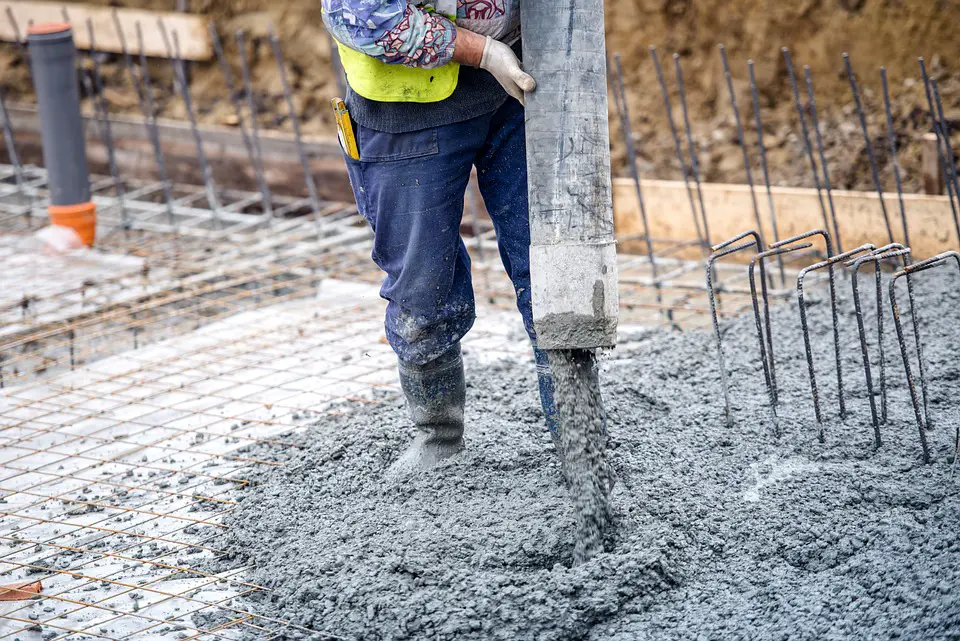
Normal Grade of Concrete
Normal grade of concrete refers to a basic mixture of cement, sand, and gravel, with a recommended strength of 20 megapascals (MPa) or 2900 pounds per square inch (psi). This grade of concrete is commonly used in general construction applications like walls, floors, and pavements.
Although it may seem simple, it is essential to select the proper grade of concrete for specific projects to ensure structural stability and longevity. Normal-grade concrete is best reserved for non-load-bearing structures or applications with low levels of stress.
For example, sidewalks and driveways are typical applications of normal-grade concrete due to their low-stress requirements. Other common uses include residential floors, precast and prefabricated elements, and decorative works.
To guarantee the longevity and stability of your construction projects, ensuring that you are using the right grade of concrete is of utmost importance. A quick consultation with a concrete supplier can provide valuable advice on the best mix to suit your application.
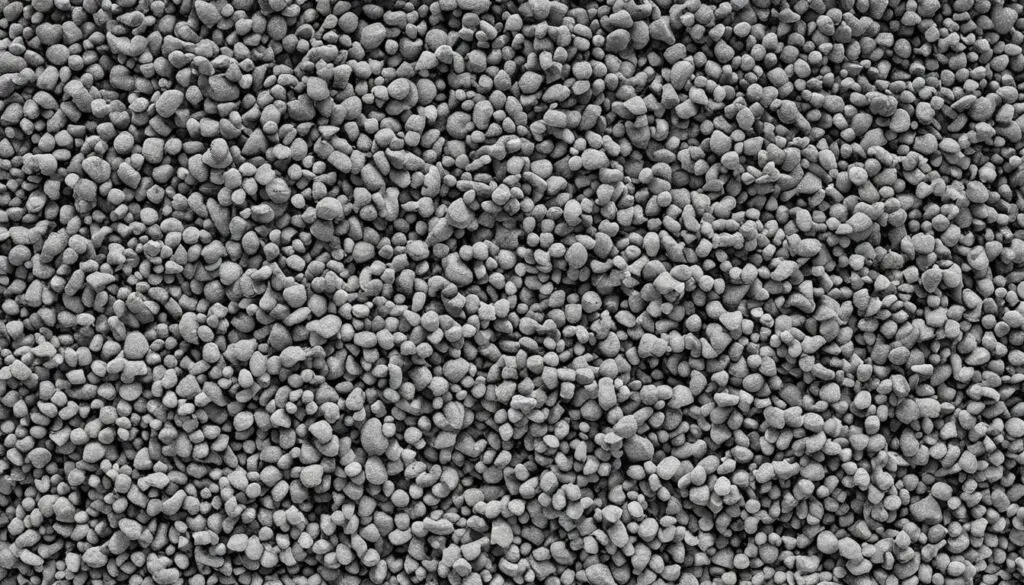
Standard Grade of Concrete
In construction projects, one of the essential types of concrete is the standard grade. It is used for general purposes such as sidewalks, driveways, and other simple constructions. This grade of concrete has a compressive strength of 2500 psi (pounds per square inch) in 28 days and is often referred to as C25. It has a cement-to-water ratio of 1:2:3 by volume.
The standard grade of concrete has minimal reinforced steel bars, making it less expensive and more comfortable to produce. This grade is made using river gravel, crushed stone, or a combination of both. It is advantageous for being highly durable, withstanding extreme weather conditions, and being resistant to water seepage. However, it is not recommended for use in heavy-duty construction purposes or where high-strength concrete is required.
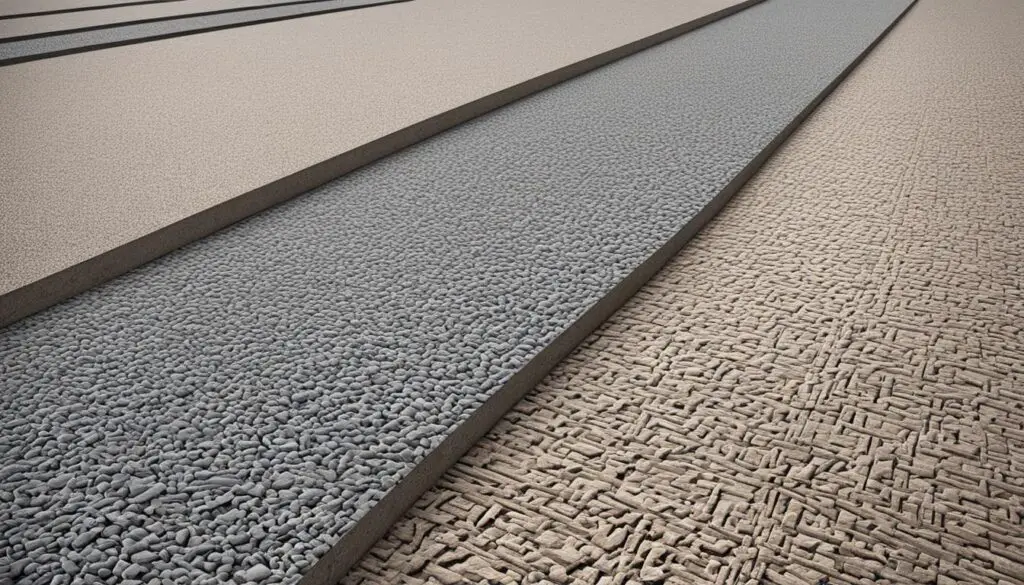
“The standard grade of concrete is your go-to choice for simple construction or residential projects.”
High Strength Concrete Grades
High-strength concrete grades offer exceptional durability and strength. They are ideal for construction projects that require materials capable of withstanding high pressure and heavy loads. Typically, high-strength concrete grades have a compressive strength of 6,000 psi or higher. Compared to other types of concrete, high-strength concrete requires less material, making it cost-effective in the long run.
Applications of high-strength concrete grades include large-scale infrastructure projects such as bridges, dams, and highways. High-strength concrete is also suitable for industrial flooring, which requires a strong, durable surface that can withstand heavy machinery and equipment.
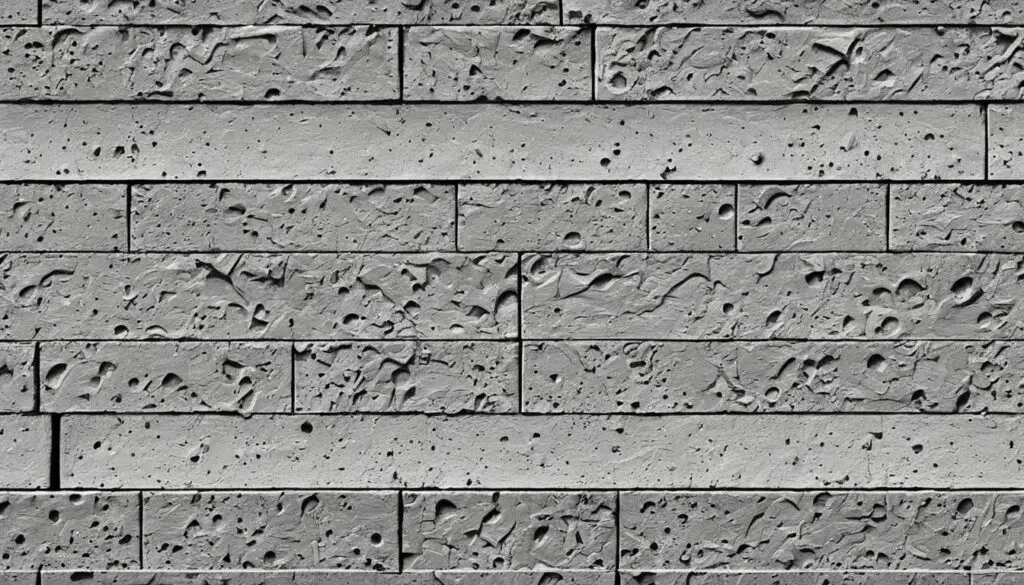
Advantages of Using High-Strength Concrete
High-strength concrete offers numerous benefits, including:
- Increased durability and strength: High-strength concrete can withstand greater stress and pressure than other types of concrete, making it ideal for use in structures subject to heavy loads and extremes of temperature or pressure.
- Reduced material usage: Because high-strength concrete is stronger than standard concrete, less material is required to achieve the same desired compressive strength. This can save construction firms money on raw materials, as well as transportation and handling costs.
- Improved resistance to cracking and shrinkage: High-strength concrete is less susceptible to cracking and shrinkage than other types of concrete, because of its lower water-to-cement ratio.
- Faster construction times: Because high-strength concrete is stronger than other types of concrete, it can be cured and load-bearing much more quickly, reducing construction times and project costs.
- Improved sustainability: Because high-strength concrete requires less concrete than other types, it contributes to a more sustainable building industry, reducing landfill waste and cutting carbon emissions.
Overall, high-strength concrete grades offer an array of benefits for construction projects that require exceptional strength, durability, and sustainability.
Conclusion
In conclusion, understanding the composition, advantages, types, and grades of concrete is crucial for any construction project. Concrete is a highly versatile and durable building material that offers numerous benefits, including strength, longevity, fire resistance, and more.
By knowing the composition of a basic concrete mix, contractors can ensure that they are using the correct ingredients in the right proportions to achieve the desired properties. They can also choose from various types of concrete mixtures, such as ready-mix concrete, precast concrete, and site-mixed concrete, each with its unique characteristics and uses.
Furthermore, understanding the specific types of concrete, including regular concrete, high-strength concrete, stamped concrete, and self-consolidating concrete, is essential for choosing the appropriate material for different types of construction projects. It is also important to know the different grades of concrete, such as normal grade, standard grade, and high-strength concrete grades, and their respective strength requirements and applications.
In summary, selecting the appropriate type and grade of concrete is crucial for ensuring the success and longevity of any construction project. That is why it is essential to have a comprehensive understanding of concrete and its properties before commencing any construction work.
Thanks For the Great Attention!
Good Bye & Take Care
Happy Learning
Also, Read,
FAQ
What is concrete?
Concrete is a composite material composed of cement, aggregates (such as sand and gravel), water, and additives. It is widely used in construction for its strength, durability, and versatility.
What are the advantages of concrete?
Concrete offers numerous advantages as a building material. It is durable, fire-resistant, resistant to weathering and pests, and has high compressive strength. It can be molded into various shapes and sizes, and it provides excellent thermal mass and sound insulation.
What are the different types of concrete mix?
There are various types of concrete mix used in construction. These include ready-mix concrete (produced in a batching plant and delivered to the construction site), precast concrete (manufactured off-site and transported to the construction site), and site-mixed concrete (mixed on-site using ingredients sourced separately).
What are the different types of concrete?
Various types of concrete can be categorized, including regular concrete, high-strength concrete, stamped concrete, high-performance concrete, self-consolidating concrete, vacuum concrete, shotcrete, roller-compacted concrete, glass concrete, asphalt concrete, rapid-strength concrete, polymer concrete, limecrete, light-transmitting concrete.
What are some brief descriptions of different types of concrete?
Regular concrete is the most common type, while high-strength concrete offers greater strength. Stamped concrete can resemble other materials, such as brick or stone, and high-performance concrete provides enhanced durability. Self-consolidating concrete flows easily into forms without the need for vibration, and vacuum concrete reduces the presence of air bubbles. Shotcrete is a type of concrete applied with high velocity, while roller-compacted concrete is commonly used in pavements. Glass concrete incorporates recycled glass for a unique aesthetic, and asphalt concrete is mainly used for road construction. Rapid strength concrete gains strength quickly, polymer concrete uses polymers to enhance properties, and limecrete incorporates lime instead of cement. Light-transmitting concrete allows light to pass through its surface, creating unique design possibilities.
What is the grade of concrete?
The grade of concrete refers to its strength and characteristics. It is defined by the ratio of cement to aggregates and is denoted by a number. Different grades, such as normal grade, standard grade, and high-strength concrete grades, offer different levels of strength and suitability for construction projects.
What is the normal grade of concrete?
Normal grade of concrete is the most commonly used grade, typically denoted as M20 or M25. It has a compressive strength of 20 or 25 megapascals, respectively, after 28 days of curing. Normal-grade concrete is suitable for general construction purposes.
What is the standard grade of concrete?
Standard grade of concrete refers to specific grades, such as M30, M35, or M40, which have higher compressive strength compared to normal grade concrete. These grades are used for specialized construction projects that require stronger concrete.
What are the high-strength concrete grades?
High-strength concrete grades, such as M50, M60, or M70, offer exceptionally high compressive strength and are used in situations where greater structural strength is required. These grades are typically specified for high-rise buildings, bridges, and heavy-duty structures.

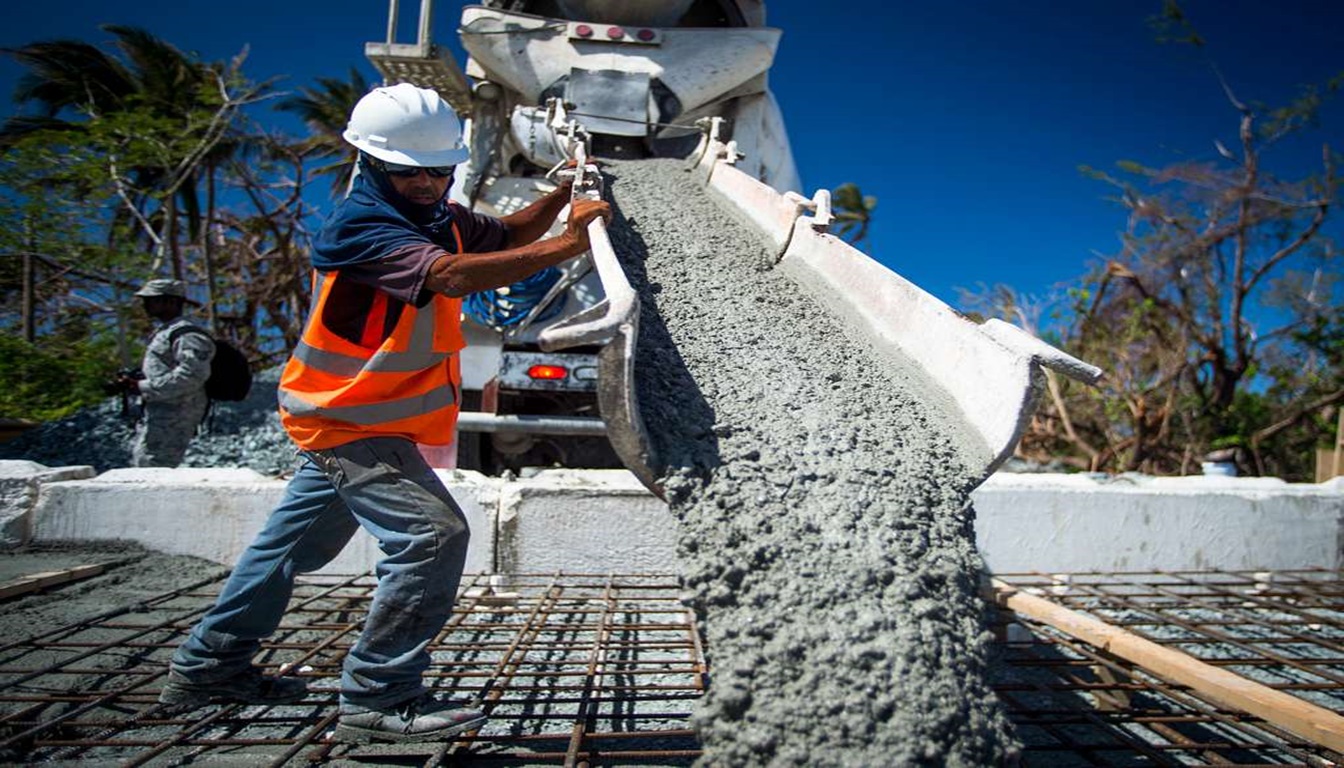
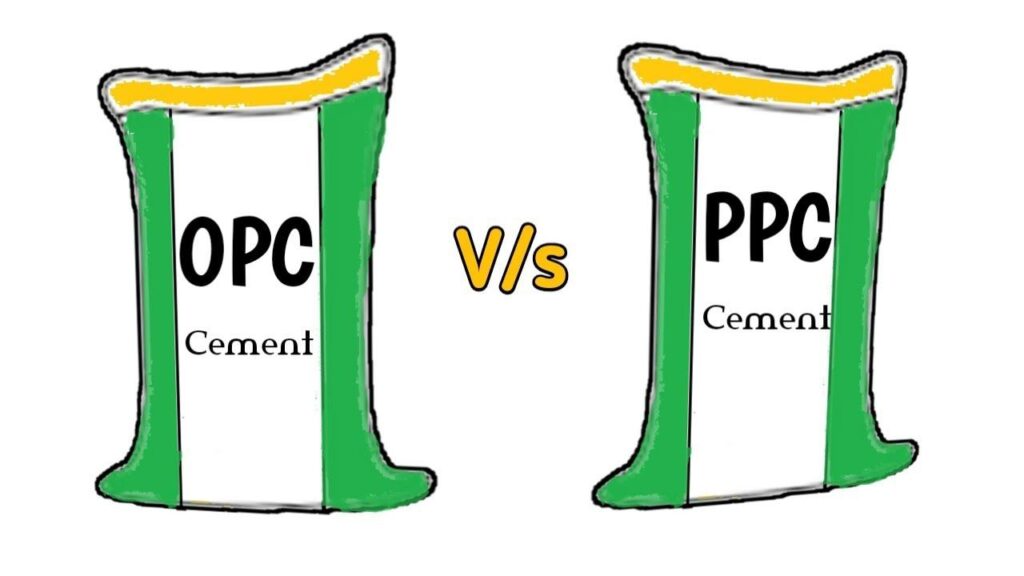
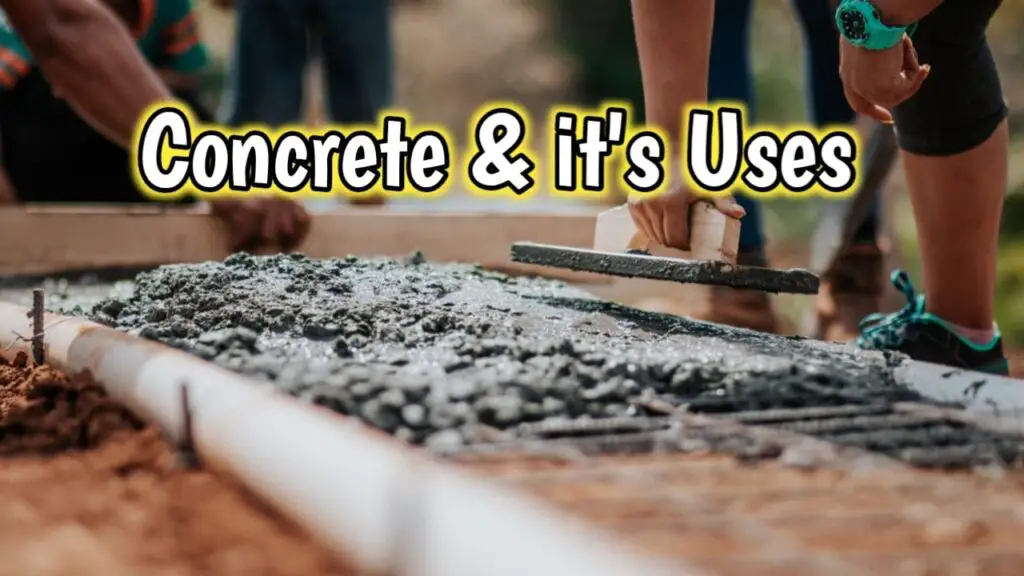
My brother accidentally broke a water pipe while doing renovations in the basement. Now, he urgently needs a concrete supply to fix the damage before it causes any further problems. I will share with him your information on how a simple mixture of cement, sand, and gravel is referred to as normal grade concrete, and its suggested strength is 20 megapascals (MPa), or 2900 pounds per square inch (psi).